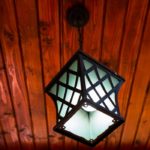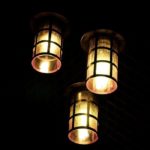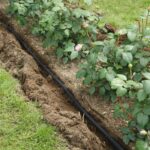Outdoor lighting is crucial to your home’s curb appeal, functionality, and safety. Malfunctioning patio lights can cause confusion and frustration. So, what can you do about it? There are actually quite a few steps you can take to diagnose what’s wrong.
If your outdoor lights aren’t working, you should first check your electrical breaker. Heavy storms and harsh conditions can cause your breaker to trip, resulting in broken lights. You can also check your GFCI, change the bulbs, check for additional damages, or change the wires to try and fix them.
Often, the simplest answer is the correct one. If your outdoor lights aren’t working, it could be the bulbs or breakers. However, if these aren’t the source of your problem, you may have a bigger issue on your hands. We’ll cover several different possible fixes from the most likely to the rarer cases. Read on to find everything you need to know!
What To Do If Your Outdoor Lighting Doesn’t Work
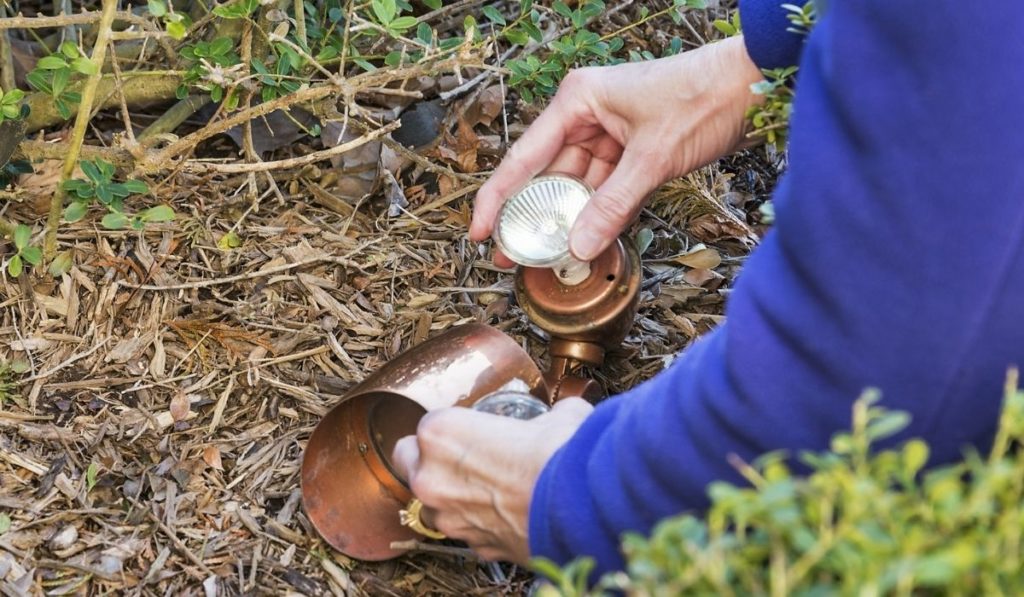
Heavy storms, harsh weather conditions, animals, and other damages can cause your outdoor lights to stop working. Thankfully, the solutions available are easy to follow. If your outdoor lights aren’t working, be sure to check your breaker and reset your ground-fault circuit interrupter (GFCI).
Check The Breaker
Tripped breakers are one of the most common reasons outdoor lights malfunction. Heavy storms and harsh weather conditions can cause your breakers to trip on your home’s electrical panel. To solve this, you’ll first need to locate your electrical panel.
Electrical panels are often found in the garage, the side of your home, basement, closet, etc. After finding your electrical panel, open it up to see if any breakers have tripped. If you notice a tripped switch, flip it back to the “on” position. If your electrical panel was the problem, your outdoor lights should work as expected.
What Causes Outdoor Lights To Stop Working?
Outdoor lights can stop working for a variety of reasons. Power outages, burned-out bulbs, faulty wiring, and other problems can affect your patio lights. Here are some of the common reasons patio lights malfunction and what you can do about them.
Burned-Out Bulbs
The simplest answer is often correct. The most straightforward answer to why your outdoor lights might have stopped working is that the bulb might have burned out. Thankfully, the solution is equally straightforward.
You may need to use a ladder or a step-stool to switch out your bulb, depending on its location. Be sure to properly set the bulb into the socket, as loose connections can cause the electrical current to break.
Tripped GFCI
Your GFCI, or ground-fault circuit interrupter, acts as the first line of defense in the event of a ground fault. Water can work its way into electrical outlets during strong storms, heavy rainfall, and harsh weather conditions. This is where your GFCI comes into play.
Your GFCI has a fail-safe that will cause your outlet to stop operating as soon as it detects water. This prevents more serious issues from arising, saving you money and time. However, when the GFCI kicks in, it will prevent electricity from going to your patio lights.
You’ll need to reset your GFCI to resolve this issue. Simply locate your GFCI outlet and hold the RESET button until it lights up. If your GFCI still isn’t working properly, you may be experiencing deeper issues that require a professional. You should also consider purchasing a bubble cover if you often experience issues with your GFCI.
Power Outage
Another common reason for faulty outdoor lights is power outages. During heavy storms and harsh weather conditions, your power can go out. Power outages can affect your outdoor lights, directly and indirectly, causing them to short circuit and malfunction.
If your outdoor or landscape lighting uses an astronomical timer, it will switch to battery mode to keep your system running on schedule. However, the batteries in your astronomical timer won’t last forever.
Once the batteries die out, you’ll need to reset your outdoor lighting timer. Consult your astronomical timer’s user manual or call the manufacturer for further instructions.
Damage
Damage from storms, harsh conditions, animals, and more can cause your outdoor lights to act up. If your patio lights metal fixture gets thrown around in the wind, it could loosen the connections found in the socket, resulting in broken lights.
How To Fix An Outdoor Light That Won’t Turn On
Fixing an outdoor light that won’t turn on is mainly about troubleshooting. To fix an outdoor light, you have to first identify the problem and find the solution. Be sure to consult your instruction manual, manufacturer, or a trusted professional to avoid any harm or damage.
Step 1: Turn Off The Power
The first step to fixing an outdoor light is shutting off the power to the connected outdoor lines. Turning off the power will keep you and your home safe. Simply shut off the power at the connect junction box to begin.
You can check if the power is off by using an outlet tester (on Amazon). To do so, plug the outlet tester into the electrical outlet, and it will tell you if there’s any power. If there isn’t, proceed to step two.
Step 2: Check For Any Damage
Before you begin taking apart your patio light, you should first inspect it for damage. External damage to the fixture, bulb, and socket can cause your outdoor lights to malfunction. This kind of damage usually comes from harsh weather conditions or animals. If your light fixture has suffered too much damage, your best bet may be to replace it.
Step 3: Check For Faulty Wires
After you’ve successfully turned off any connecting power lines, you’ll want to check your light fixture for faulty wires. You should be looking to see if either the black hot wires or the neutral white wires have come loose. If this is the case, you’ll have to put them back together.
Different light fixtures will have varying instructions and guidelines, so be sure to consult your user manual before beginning. Be sure you only connect same-color wires to avoid any damage or harm. It’s also important to remember: black on black and white on white.
Step 4: Check Your Light Switch
If your outdoor lights wires are fine, you may need to check your light switch. A faulty light switch can cause your outdoor lights to work improperly or malfunction. Replacing a light switch will range in difficulty depending on your experience. If you don’t have much experience or knowledge of electrical components, you may want to hire a professional to do it.
Step 5: Repair And Replace
After you’ve identified the problem, it’s time to repair or replace your light fixture. If the issue was external physical damage, you might need to adjust the socket or purchase a new bulb. If the light’s wiring was the source of the problem, you’d have to repair that as well.
Keep in mind that if there’s too much damage, it may be better to replace your light fixture. Additionally, be sure to consult your user manual or manufacturer’s guidelines before beginning. If you aren’t experienced with electrical components, it may be best to seek out a professional.
Step 6: Finish Up
Finally, after you’ve identified and successfully solved the problem, you can finish up. Be sure to turn on any connecting power sources you turned off during the process. This is also a good time to paint, repair, and adjust your outdoor light fixtures.
How To Light The House When The Outdoor Lights Won’t Turn Back On
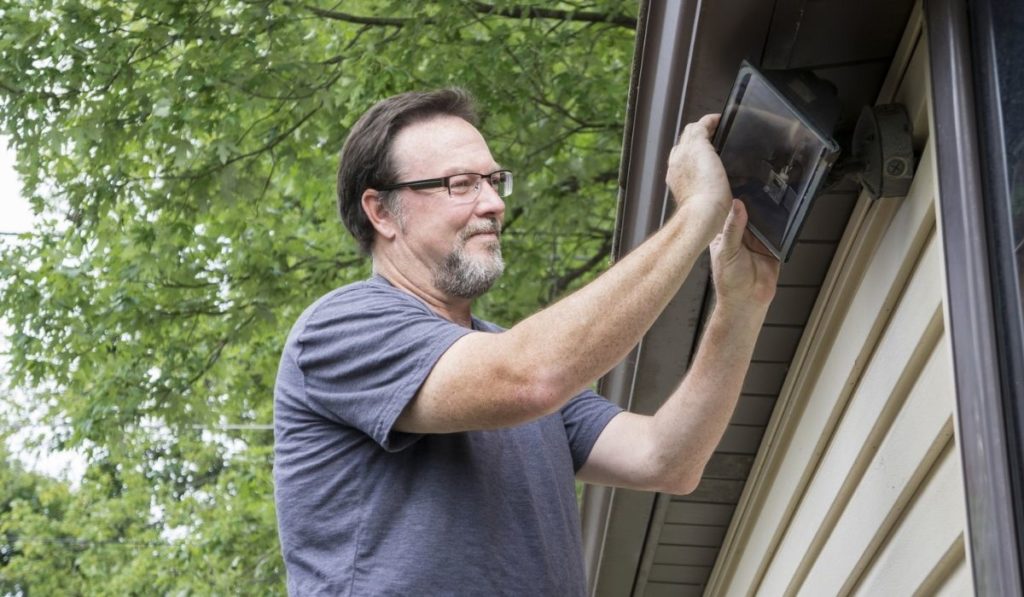
If your outdoor lights aren’t working properly, you’re not out of luck just yet. Thankfully, there are multiple ways you can light your home and outdoor space without electricity.
Solar-Powered LED Lights
Solar-powered lighting is a no-brainer if you’re looking for outdoor lighting that won’t break the bank. The solar light batteries draw enough power from the sun’s rays during the day to provide wireless illumination at night. Proper usage of solar-powered patio lights can be an innovative and inexpensive way to transform an outdoor space.
Consider solar-powered string lights (on Amazon) for an electricity-free option. You can even use colored solar-powered string lights to create unique spaces, moods, and atmospheres. You can hang these lights from railings and beams or even atop a pergola.
Battery-Powered Lights
If you’re looking for a modern way to light up your patio without electricity, consider battery-powered lights (on Amazon). The battery-powered design allows you to find the perfect style without the hassle of installation and constant maintenance.
However, the one disadvantage to battery-powered lights is that you’ll have to change the battery periodically. This can be frustrating for people with a “set it and forget it” kind of personality. If you opt for battery-powered motion-sensing lights, you won’t have to change the batteries as often.



